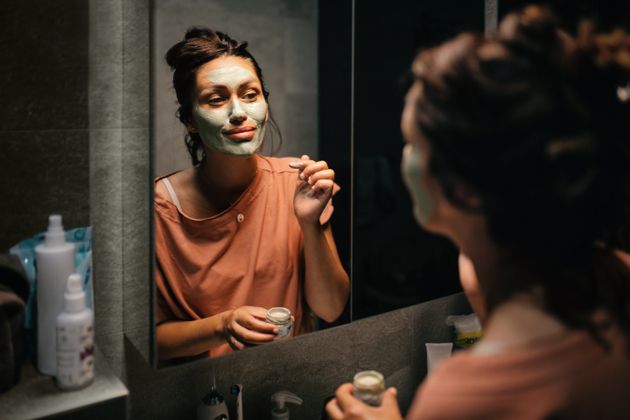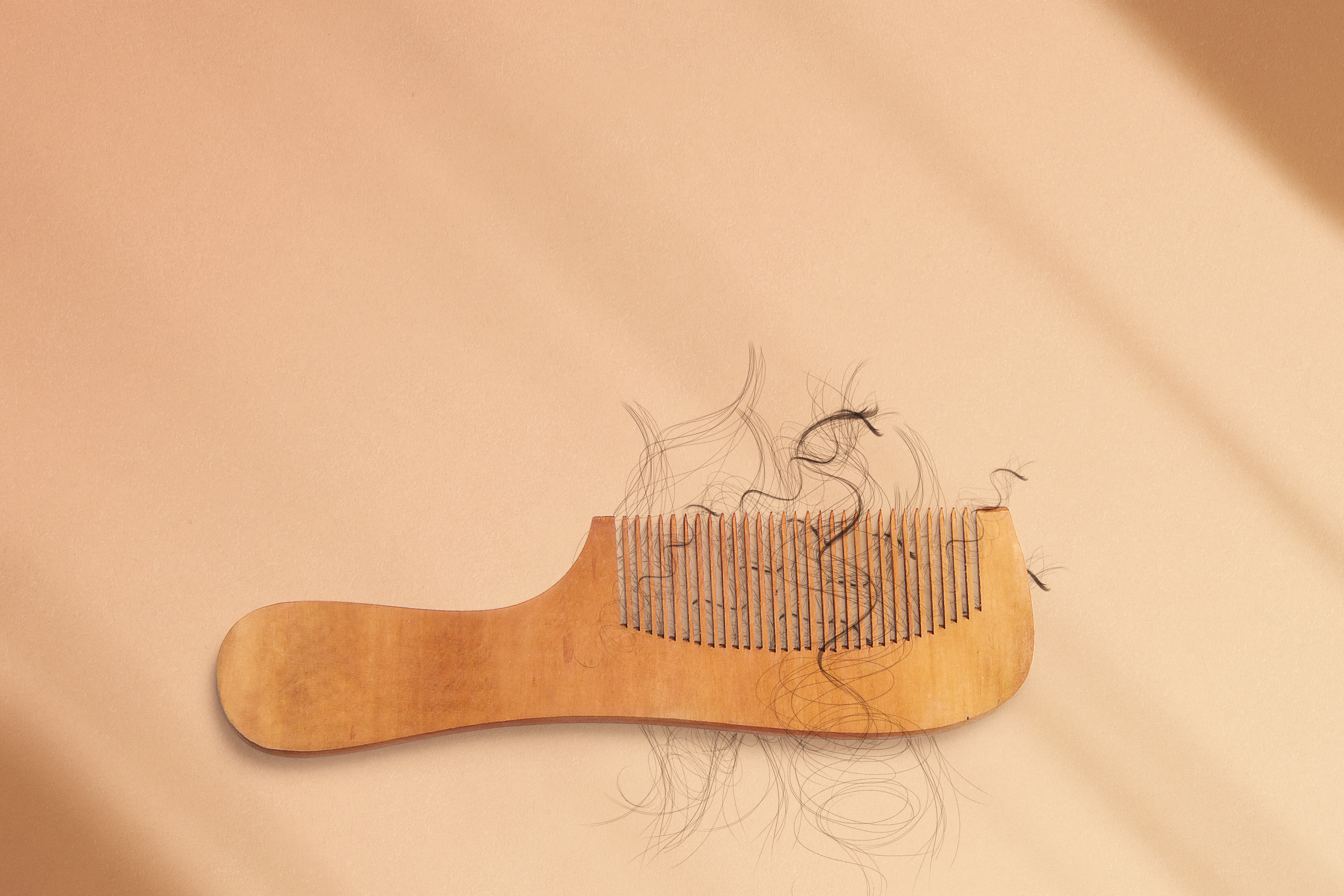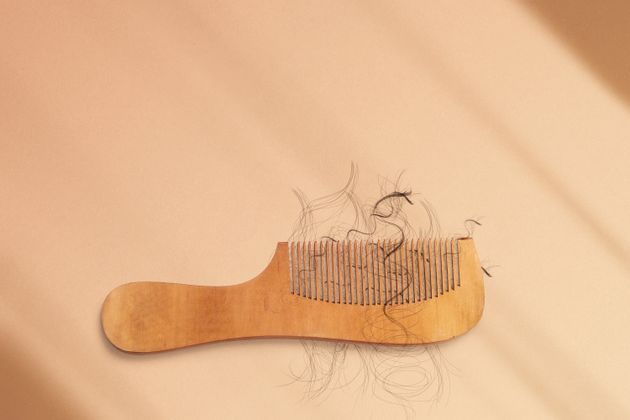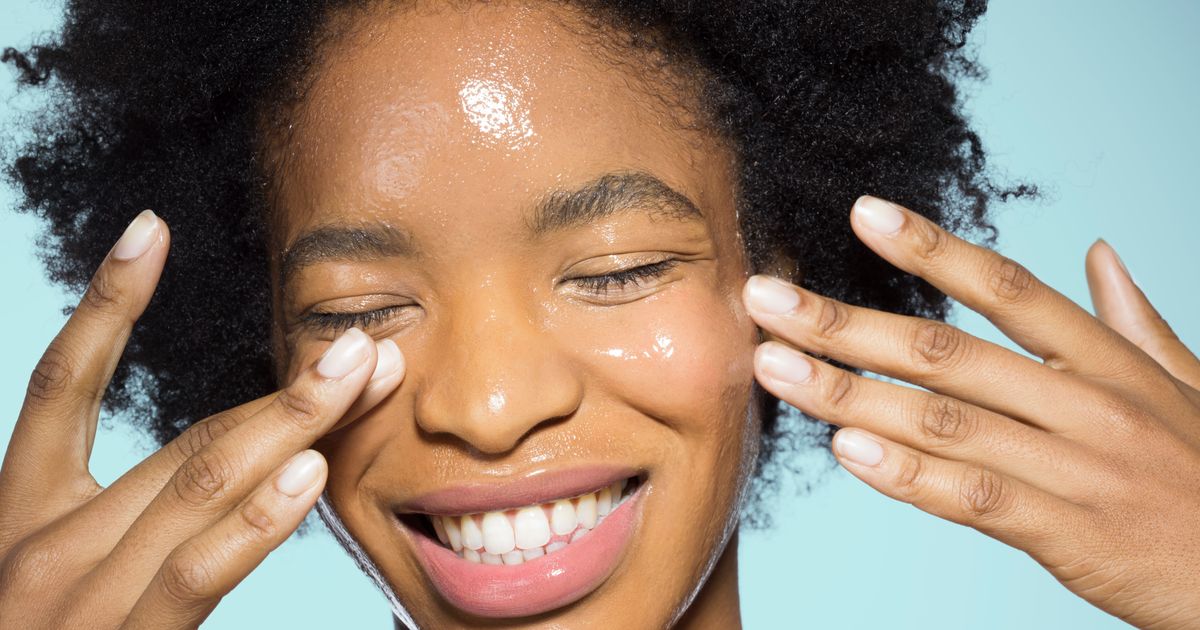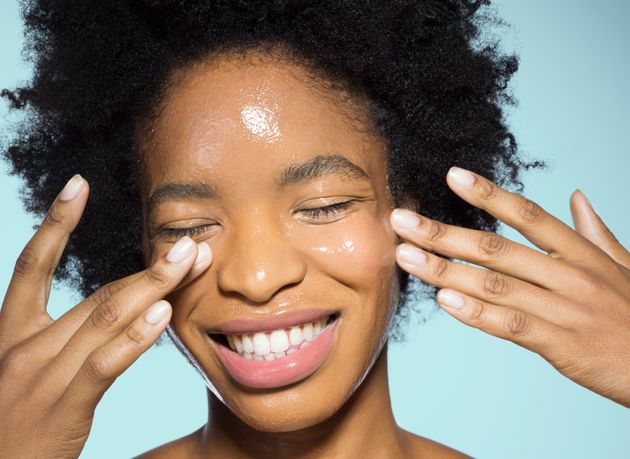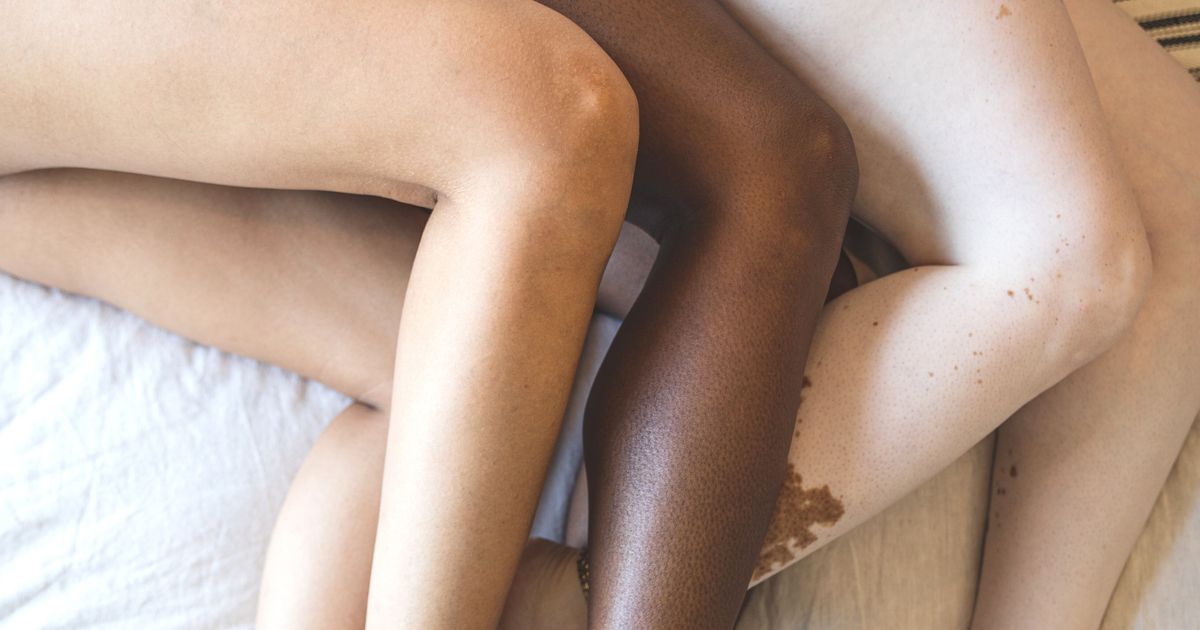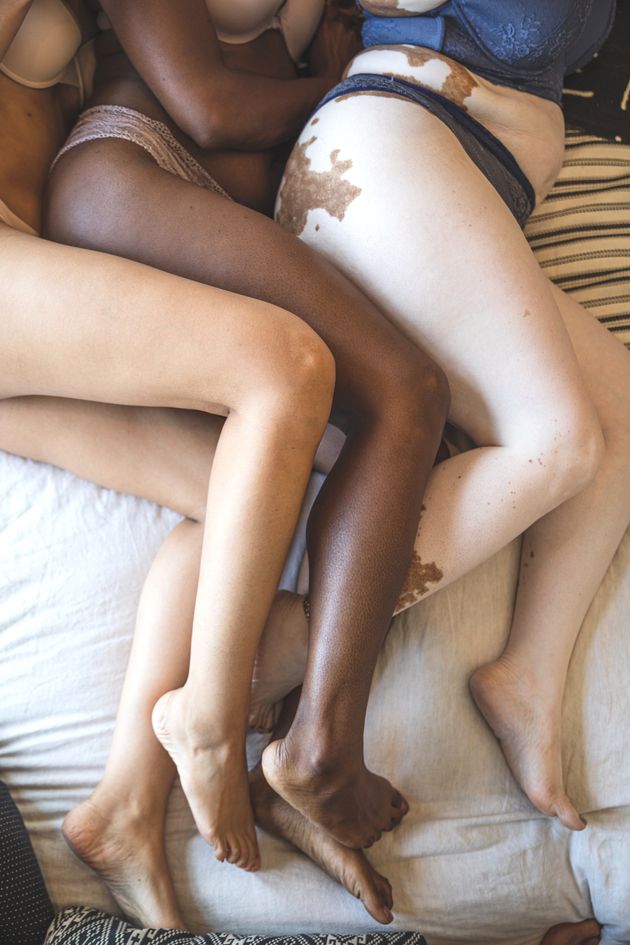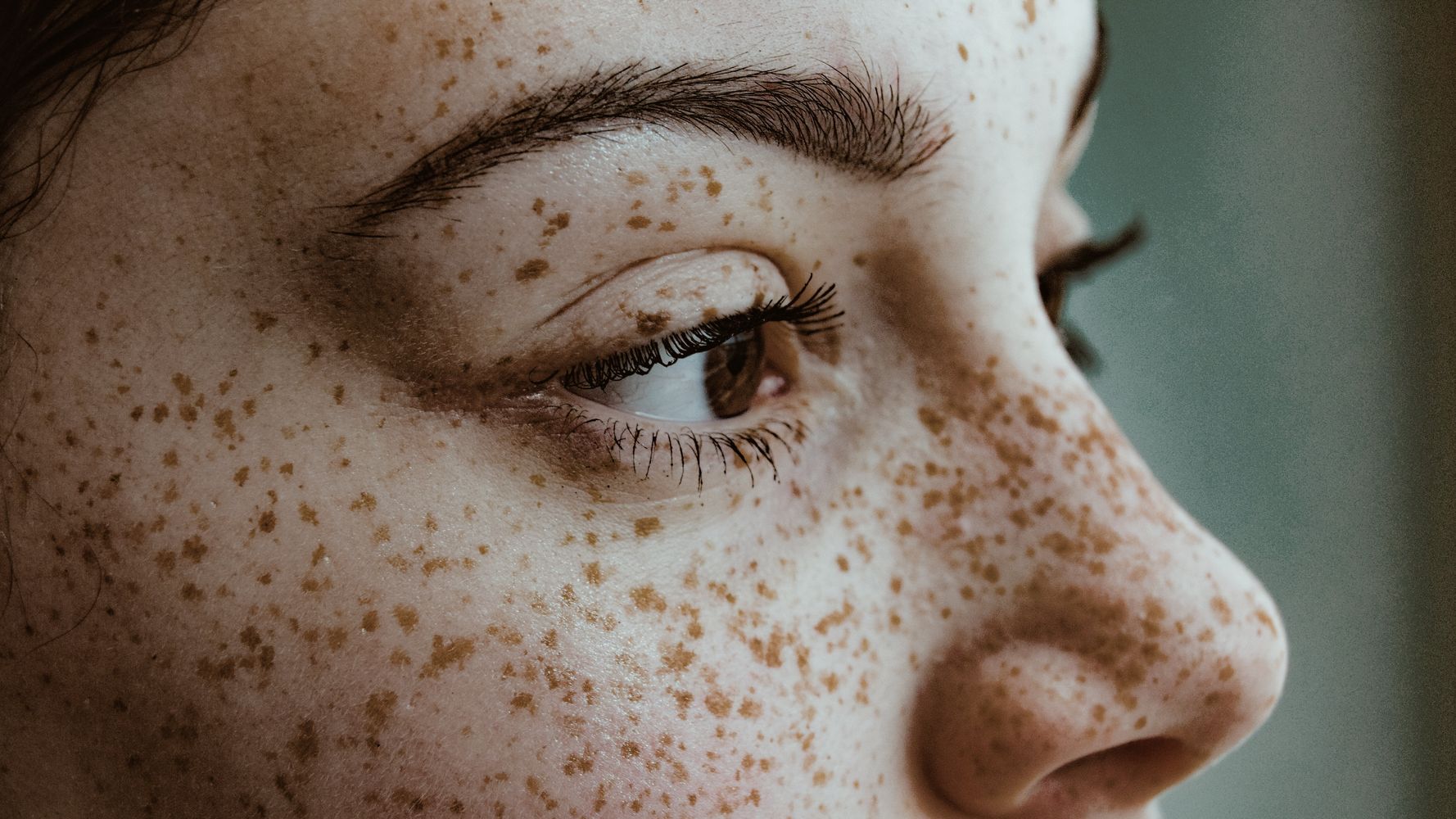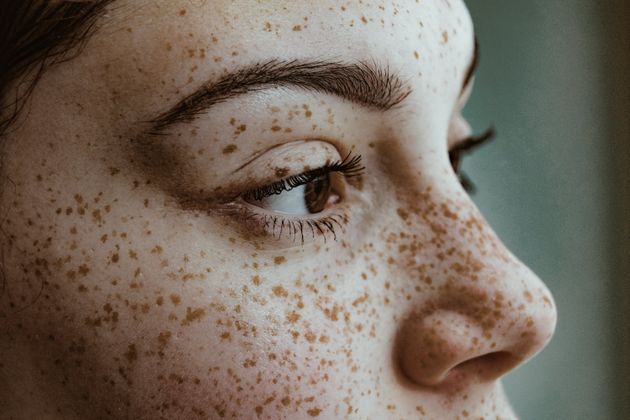There’s so much that your body does to reset and refresh while you’re sleeping, and your skin is no exception.
“Just like our entire body, the skin has a circadian rhythm,” said dermatologist Dr. Helen M. Torok. “It repairs at night and protects during the day. The skin works hard to renew itself from the damage done throughout the day. Your skin cells regenerate at night, recovering from high levels of cortisol, the stress hormone, that can wreak havoc on your body during the day.”
Advertisement
As such, it’s important to make the most of the money you’re spending on skin care during the overnight hours, when it can work its magic most effectively. Essentially, it’s your chance to undo everything that you did to your skin throughout the previous day.
“The repair of damage from UV exposure, pollution and other environmental stressors occurs at night, when the skin’s blood flow increases,” said dermatologist Dr. Sonia Badreshia. “This is also when collagen production is boosted and harmful free radicals are neutralised.” Dermatologist Dr. Blair Murphy-Rose added, “It’s believed that the rate of skin renewal doubles at night.”
Your skin absorbs products better when you’re sleeping.
As productive as the skin is at night, you can make it even more so with the application of products it can really drink in and use. “If you aren’t doing targeted nighttime care, you’re missing the opportunity to support skin’s natural repair mechanisms,” Badreshia said.
“Your nighttime skin care routine should facilitate repairs and regeneration,” Murphy-Rose said. “The nighttime skin care product you apply can boost the skin’s hydration overnight or target cell turnover while you rest,” Wolinsky said.
Advertisement
There’s one thing you MUST do at night.
Each of the experts revealed what they believe to be the biggest non-negotiable for nighttime skin care.
Murphy-Rose insists on using an eye cream. “Our skin undergoes significant water loss through the skin at night if we don’t take measures to prevent it,” Murphy-Rose said. “While some will tell you that an eye cream is unnecessary, the truth is that an undereye cream, which is typically richer than your facial moisturiser, can help to prevent water loss through this very thin skin while sleeping. Dehydrated eyes are more tired-appearing eyes, so I do recommend applying an undereye cream before bedtime.”
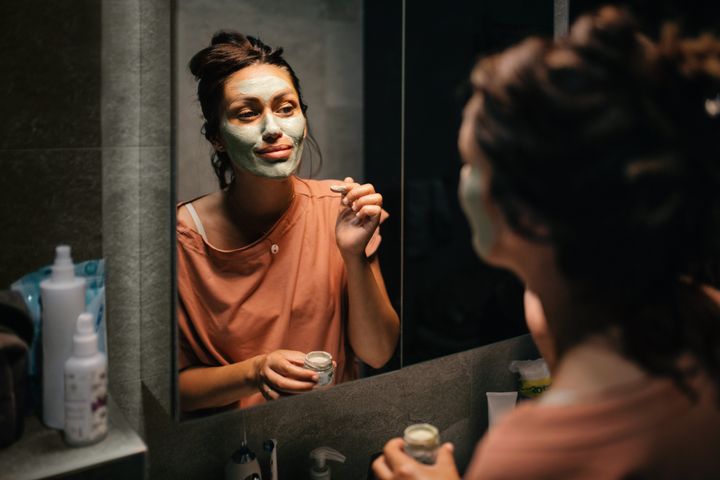
Aja Koska via Getty Images
Wolinsky suggests using your most potent products at night. “Night is a good time to use any products that may have a slight odour, or may bleach clothing, like benzoyl peroxide, or which may be deactivated by the daytime UV rays, like tretinoin and some other retinoids,” Wolinsky said.
Retinol gets another vote: “My opinion is that with the exception of people with rosacea or overly sensitive skin, everyone should be using a retinol, and they’re ideal for nighttime use,” said dermatologist Dr. Corey L. Hartman. “The benefits are numerous and unparalleled and are arguably the most important step that you can take for overall skin health and anti-aging after sun protection factor. Retinols regulate cell turnover, promote effective exfoliation, prevent acne, even discolouration, control oil, smooth fine lines and wrinkles, unclog pores and so much more.”
Advertisement
And if you can’t even with the idea of slathering something on, at least wash the dirt off, experts said. “The biggest mistake people make is not washing their faces,” Hartman said. “The one thing you must do is wash your face at night before you go to sleep. You want to remove makeup, oil and other impurities that are “stuck” to the face from the day. If you go to bed with your face unwashed, you are asking for a breakout, or oily skin.”
KISS = Keep it simple, skin.
If the thought of caring for your skin is the last thing you want to do most nights, know that these dermatologists understand the struggle is real. One way to ensure that you’ll follow through is to simplify this one part of your life. “The majority of patients tell me that they are more consistent with their morning routine versus their nighttime routine, as a result of being tired from the day and just wanting to crawl into bed out of sheer exhaustion,” Torok said. “Others find their nighttime routine overwhelming and are not confident on how to layer their nighttime skin care routine.”
“Patients tend to overdo skin care and add unnecessary steps,” Wolinsky chimed in. “My recommendation is to cleanse the skin with a gentle cleanser and then follow with a small amount of a retinoid if tolerated and a hydrating thicker moisturiser. If skipping retinoid that evening, then just moisturise.”
“Consistency is key,” Badreshia said. “The benefits of nighttime skin care accumulate over time, and a consistent, targeted approach can lead to significant improvements in skin health and appearance. Listening to your skin and adjusting your routine as needed can also help address emerging issues before they become more significant concerns.″

